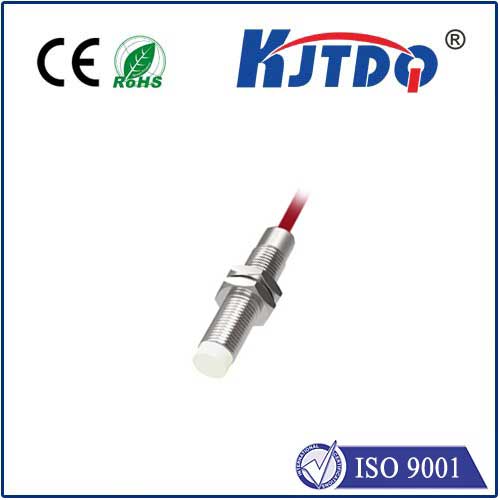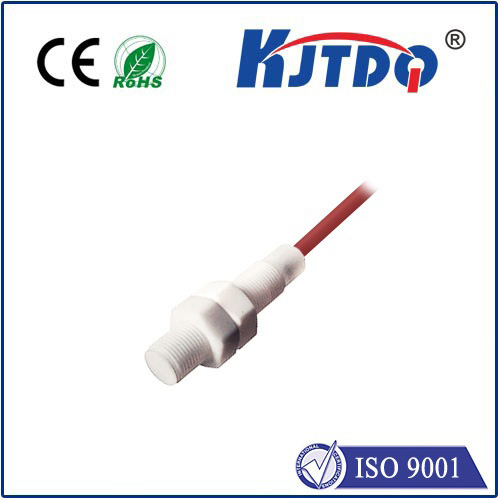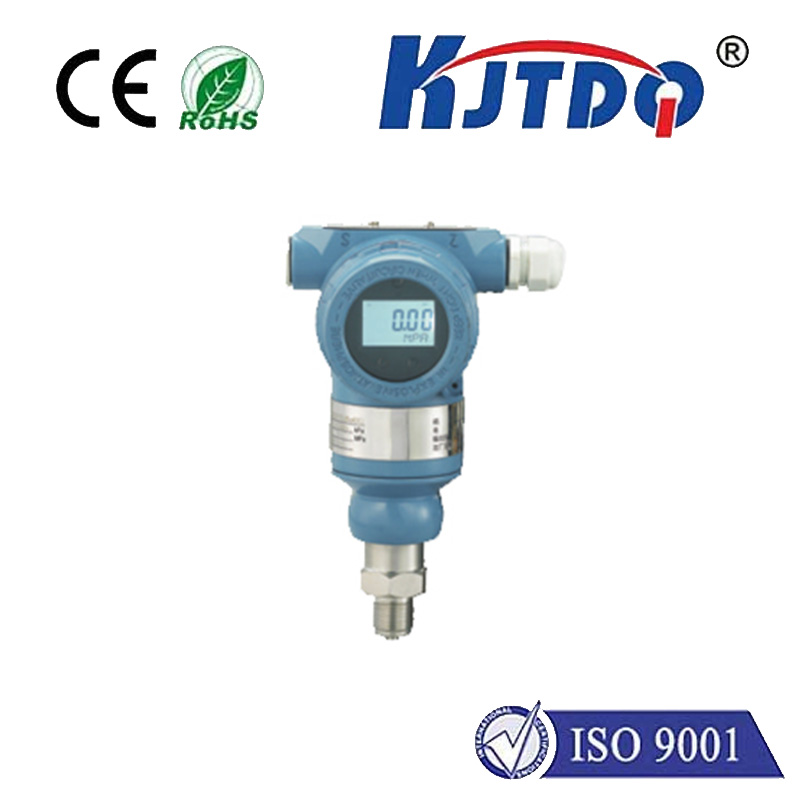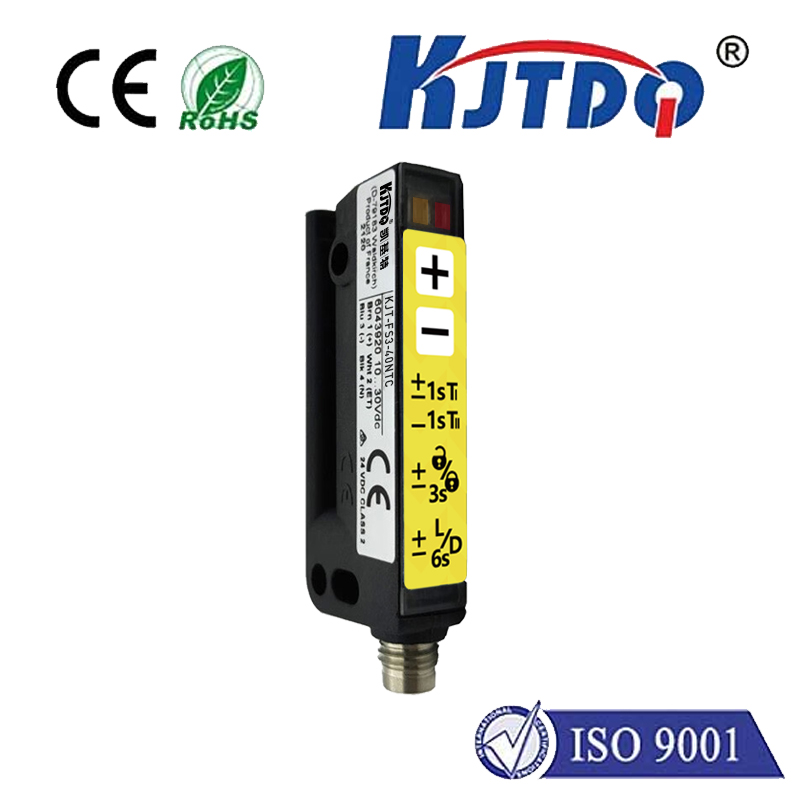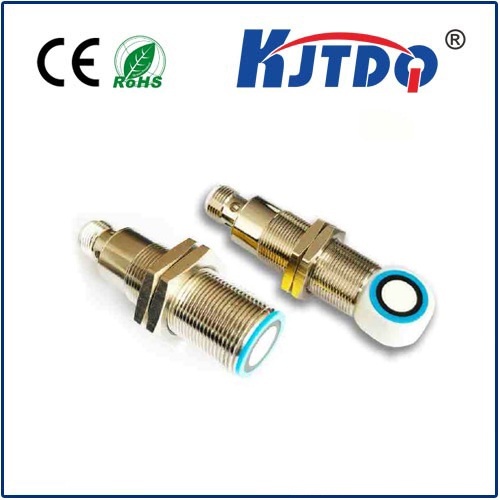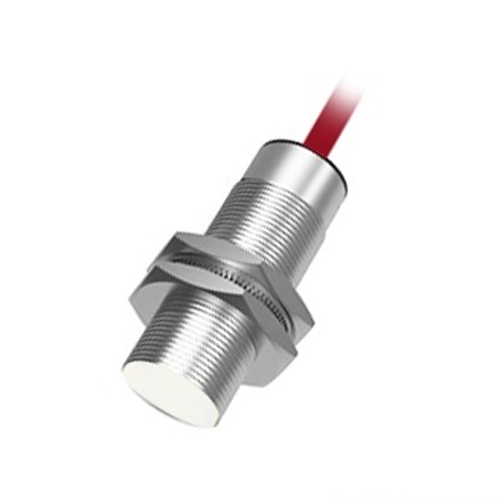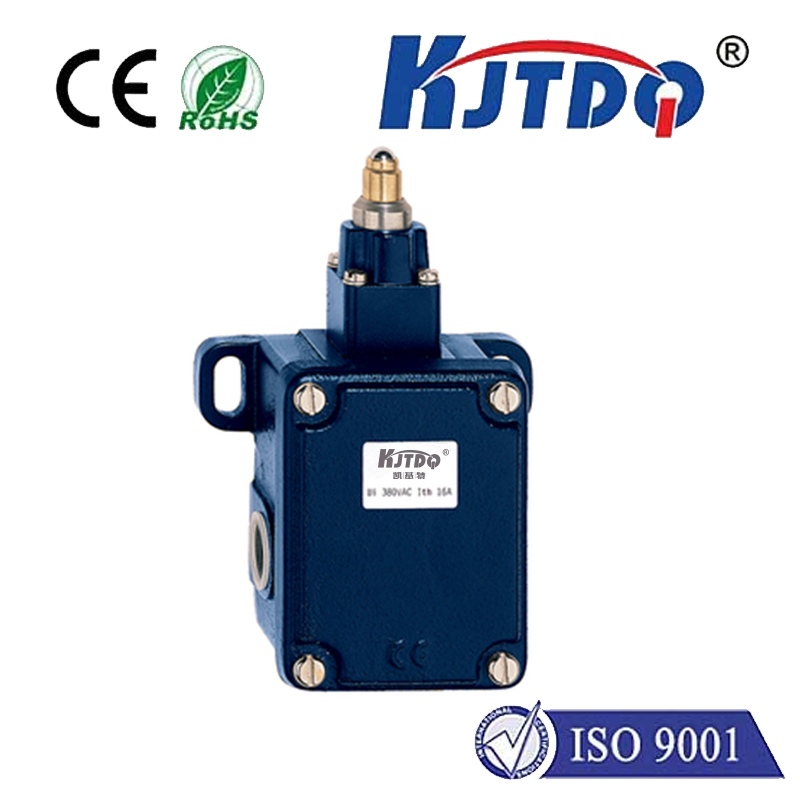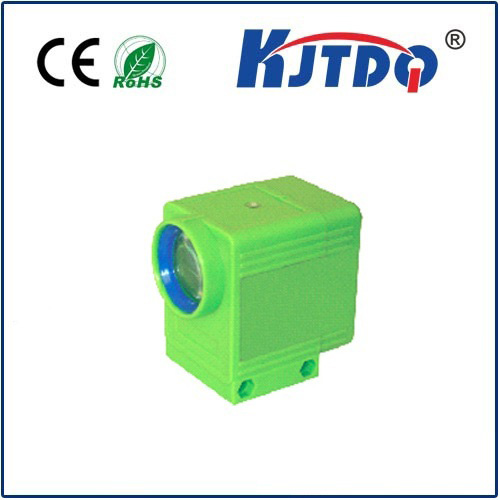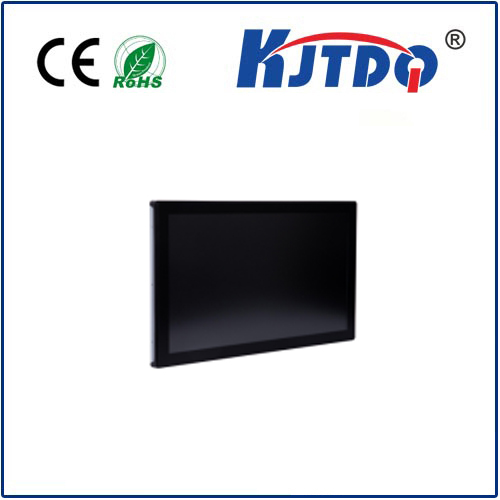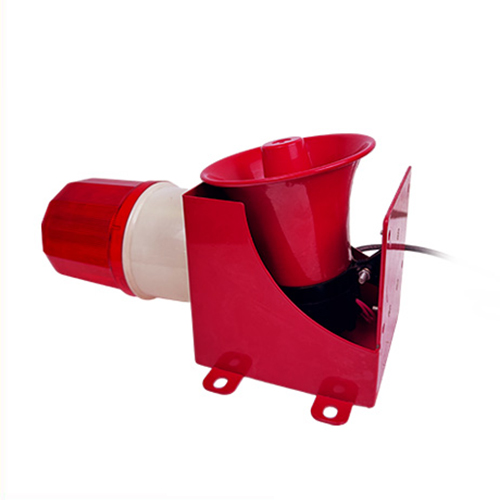laser distance sensor 0.01 mm
- time:2025-08-27 08:48:18
- Click:0
Achieving the Unseen: The Power of 0.01 mm Laser Distance Sensors
Imagine measuring a distance thinner than a human hair with pinpoint accuracy, without ever touching the object. This isn’t science fiction; it’s the remarkable reality enabled by advanced laser distance sensors boasting resolutions down to 0.01 mm. This level of precision measurement unlocks capabilities previously unattainable, revolutionizing quality control, automation, and research across demanding industries. Let’s delve into the world where sub-micron accuracy becomes a tangible tool.
These sensors represent the pinnacle of non-contact measurement technology. Unlike traditional mechanical tools, they project a focused laser beam onto a target surface. By analyzing the properties of the reflected light—whether through triangulation, time-of-flight (TOF – though less common for this extreme precision level), or sophisticated interferometry principles—the sensor calculates the exact distance to the point with astonishing fidelity. The 0.01 mm resolution signifies that the sensor can reliably detect and report changes in distance as small as ten microns, revealing details invisible to the naked eye and far beyond the reach of standard measuring devices.
Achieving 0.01 mm precision hinges on several critical factors:

- Exceptional Optical System: High-quality lenses and precisely calibrated detectors are paramount for focusing the laser to a fine spot and accurately capturing the returning signal. Any optical imperfection directly impacts resolution.
- Advanced Signal Processing: Distinguishing genuine minuscule distance changes from electrical noise and environmental interference requires sophisticated signal processing algorithms and high-speed electronics.
- Stable Environmental Conditions: While some high-end sensors incorporate significant compensation, achieving true 0.01 mm repeatability often necessitates control over temperature fluctuations, air turbulence (especially relevant for interferometry), and vibration. Thermal stability is particularly crucial, as material expansion/contraction can affect both the sensor and target.
- Target Surface Properties: The nature of the surface plays a significant role. Ideal targets are opaque, diffusely reflecting, and stable. Highly reflective, transparent, or very dark surfaces can scatter or absorb too much light, degrading signal quality and achievable accuracy.
Why is 0.01 mm Resolution Such a Game-Changer?
The ability to measure with sub-micron accuracy empowers industries in unprecedented ways:
- Ultra-Precise Manufacturing & Quality Control: In semiconductor fabrication, aerospace component machining, and precision optics manufacturing, verifying tolerances down to microns is essential. Laser distance sensors ensure critical dimensions, flatness, runout, and thickness conform to strict specifications, directly impacting performance and safety. Detecting a warp or deviation of just 0.01 mm can prevent catastrophic failure in high-performance components.
- Advanced Robotics and Automation: Robots performing micro-assembly, wafer handling, or intricate machining require real-time, highly accurate positional feedback. A sensor with 0.01 mm precision provides the closed-loop control necessary for delicate operations, ensuring perfect alignment and placement.
- Scientific Research & Metrology: Fields like materials science, nanotechnology, and fundamental physics rely on instruments capable of measuring infinitesimal changes in surface topography, deformation under stress, or dimensional shifts in experimental setups. These sensors provide the necessary fidelity.
- Calibration and Standards: High-end laser distance sensors serve as primary tools in metrology labs for calibrating other measurement instruments, establishing and verifying traceable measurement standards with the highest confidence.
- Additive Manufacturing (3D Printing): Verifying layer thickness and in-process monitoring in high-resolution metal or polymer printing benefits immensely from micron-level distance measurement, enabling immediate correction and superior final part quality.
Key Considerations When Implementing 0.01 mm Sensors:
While powerful, leveraging this level of precision demands careful application:
- Repeatability vs. Absolute Accuracy: Understand that achieving 0.01 mm *repeatability* (consistency of measurement under unchanged conditions) is often more feasible than guaranteeing the same level of absolute accuracy across a wide range. Absolute accuracy needs rigorous calibration against traceable standards for the specific application distance and conditions.
- Calibration is Crucial: Regular calibration against known standards is non-negotiable to maintain the sensor’s specified performance over time.
- Understanding Specifications: Scrutinize datasheets. Look for resolution, repeatability, linearity error over the intended working range, stability specifications, and environmental operating conditions. Ensure the quoted 0.01 mm performance is valid for your specific setup (distance, target type).
- Integration Expertise: Proper mounting, alignment, vibration isolation, and signal conditioning are critical. Partnering with experienced integrators or the sensor manufacturer is highly recommended for optimal results.
The Future of Ultra-Precision Sensing:
The push for even higher precision and faster data acquisition continues. Integration with AI and machine learning for predictive maintenance and enhanced data analysis is emerging. Miniaturization efforts are also underway to bring this level of precision measurement to more compact systems and new applications.
Laser distance sensors achieving 0.01 mm resolution are not mere instruments; they are enablers of innovation and excellence. By providing non-contact, high-speed measurements at the micron level, they underpin advancements in manufacturing precision, scientific discovery, and automation sophistication. They measure the incredibly small, enabling us to build and understand the immensely complex. When truly unambiguous, reliable sub-micron accuracy is the requirement, these advanced optical sensors stand as the indispensable solution.












